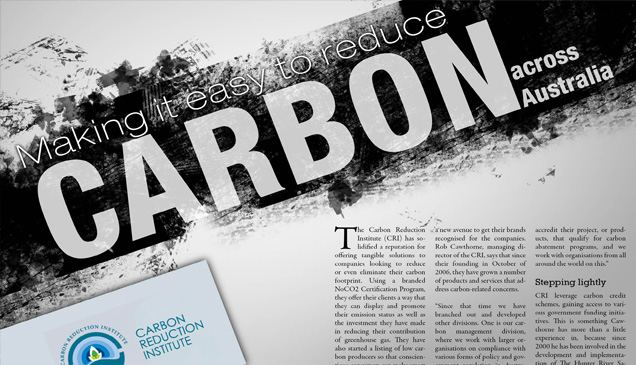
Project of the Month: The Hunter Expressway
The Hunter Expressway is a new four-lane expressway in New South Wales, stretching between the F3 Freeway near Seahampton and the New England Highway west of Branxton. The project is the longest stretch of Pacific Highway to be constructed as one project. It’s worth $1.7 billion, with $1.5 billion invested by the Australian Government and a further $200 million contributed by the NSW Government.
The expressway is to be constructed under two contracts: the 13 kilometre eastern section (from the F3 Freeway to Kurri Kurri) is to be built under an alliance contract and the 27 kilometre western section (Kurri Kurri to Branxton) is to be built under a design and construct contract.
The alliance building the eastern section includes the Roads & Traffic Authority of Australia, construction contractor Thiess Pty, Ltd, construction management organization Parsons Brinckerhoff and engineering consulting firm Hyder Consulting. Construction on this section commenced in August 2010.
Also in 2010, Abigroup Contractors was awarded the contract to design and construct the western section (in conjunction with the RTA). Major construction on this section began in early 2011.
The complete 40 kilometres of dual carriageway freeway is scheduled to be completed and open to traffic at the end of 2013.
Thiess, who will be working on the expressway’s eastern section, has successfully completed a number of recent major road projects for the RTA, including the Five Islands Road Upgrade and Karuah Bypass. They have high hopes for this project too, especially for the benefits that it will reap.
“The Hunter Expressway will help to meet the needs of the regions growing freight movement by providing a more direct and efficient route for freight between the Upper Hunter and the Port of Newcastle,” says David Saxelby, Thiess Managing Director. “This project will be significant for the Hunter region and its continued economic development. We are delighted that our team has been recognised as having the right vision, necessary experience, capabilities, understanding, innovative approach and commitment to work with the NSW Roads and Traffic Authority.”
In February of this year, Hunter MP Joel Fitzgibbon inspected the work on the project’s western section, which is Abigroup Contractor turf.
“Abigroup’s work includes building a number of fauna fences, underpasses, and heavy vehicle rest areas located to the west of Branxton, for both eastbound and westbound traffic,” Fitzgibbon says.
“Reduced travel time will be another benefit for motorists travelling south to Sydney who will be able to travel at 110 kilometres an hour on the divided, dual-carriageway expressway to the F3 Freeway,” he continues.
For Fitzgibbon, and the Hunter region, the Expressway is a lot more than a highway – it’s the culmination of the community’s twenty-year campaign for better road infrastructure.
The Hunter Expressway will provide six interchanges along its route to service local communities. These interchanges will be located at the F3 Freeway, Buchanan, Kurri, Loxford, Allandale, and Branxton. Additionally, the project will provide traffic relief to the New England Highway between Weakleys Drive and Branxton – in fact, according to projected traffic levels, the expressway might potentially reduce between 15,000 and 30,000 vehicles on the highway per day.
The new and more direct route will also relieve congestion between the Rutherford, Maitland, and Thonton regions. Travel time between Newcastle and Hunter will be cut by an estimated 28 minutes. Travel time between Newcastle and Branxton will also take a hit – in a good way. Faster travel times, after all, mean lower costs for all road users.
In general, the new Hunter Expressway will improve the efficiency of the national travel network by providing a more efficient and direct route for freight movements between the Upper Hunter and the Port of Newcastle – this is good, because like David Saxelby said, both the Hunter region, and the freight task of the region, is growing. The expressway will also reduce the number of heavy vehicles travelling on the New England Highway through towns such as Branxton and Maitland.
Other key features of the Hunter Expressway project include 53 bridges, $20 million of adjustments to utility services, and a one-kilometre reconstruction of the South Maitland railway, which will include a new railway bridge.
Last but definitely not least, the project will be ecologically friendly. In 2001, the Hunter Expressway received planning approval, but the conditions of that approval required the RTA to reduce its ecological impact. To satisfy those conditions, the RTA modified its design to avoid the clearing of native vegetation, including endangered ecological communities. To achieve this, the Hunter Expressway realigned its design through the Sugarloaf Range, and will construct 840 metres worth of large, high bridges over deep gullies.








